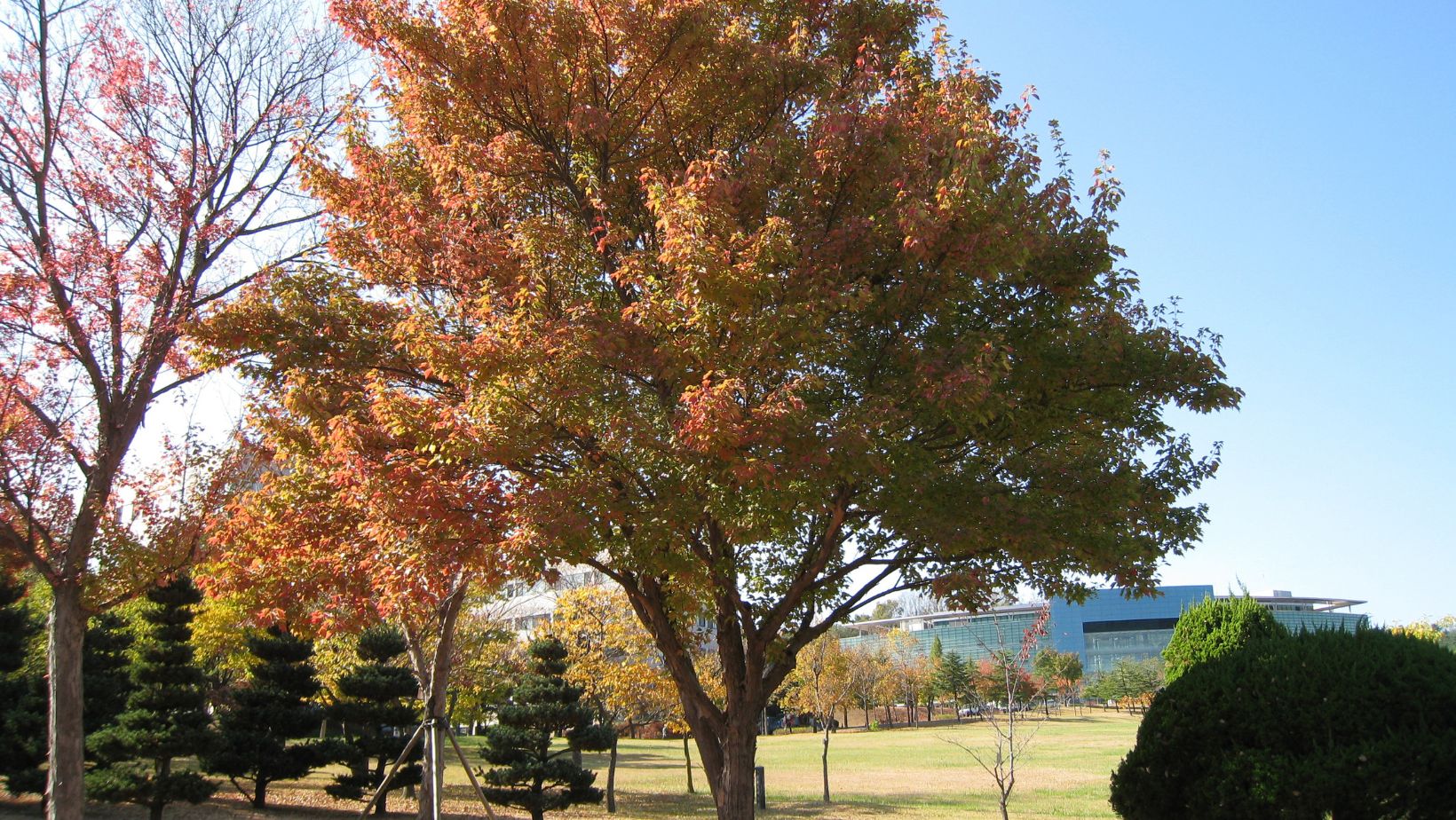
Maple trees are a magnificent addition to any yard. They can provide beautiful foliage and a touch of whimsy to the landscape.
However, they need routine care to maintain their health and appearance. Among the crucial practices is pruning. This involves selectively removing branches to improve a tree’s structure and vitality.
In this guide, we’ll walk through the essential steps and considerations in pruning maple trees efficiently and safely.
Why Prune Maple Trees?
Maple trees are notorious for their quick growth and dense foliage. Due to this, they require regular pruning to:
- Remove dead or damaged branches
- Thin out overcrowded areas
- Maintain a desirable shape
Without maple tree trimming, they can become overgrown, increasing the risk of disease and infestations. Moreover, they can become hazardous when branches fall during storms or high winds.
Seasonal pruning also promotes healthy growth by allowing more light and air to reach the tree’s interior, stimulating new branch growth.
The Dos of Pruning Maple Trees
When pruning maple trees, follow these dos to ensure the best results:
Prune Regularly
Routine pruning promotes a strong structure and healthy growth. It also prevents the need for heavy pruning in the future.
Prune young maple trees once a year and mature ones every 3-5 years.
Use the Right Tools
Use sharp, clean pruning tools to make precise cuts and avoid damaging the tree.
Small branches can be pruned with hand pruners, while larger ones may require loppers or a pruning saw.
Prune at the Right Time
Maple trees should be pruned in late winter or early spring before new growth appears. This allows the tree to heal quickly after pruning and reduces stress on the tree.
Identify the Type of Branches to Prune
When pruning, focus on removing dead, diseased, damaged, or crossed branches. These can cause harm to the rest of the tree if left unattended.
It’s also essential to remove water sprouts or suckers, as these are weak and can hinder the tree’s growth. Branch trimming for aesthetic purposes should be kept to a minimum.
Make Proper Cuts
When pruning, always make clean cuts just above the branch collar. This is the slightly raised area where a branch meets the trunk or another branch.
Avoid leaving stubs or making jagged cuts. This can leave the tree vulnerable to disease and pests.
The Don’ts of Pruning Maple Trees
To avoid causing damage to your maple trees, here are some don’ts to keep in mind when pruning:
Over-Prune
Avoid removing more than a quarter of the tree’s canopy at once. This can cause stress and harm the tree’s health.
Prune During the Wrong Time
Do not prune during the active growing season, as this can cause excessive sap flow and stress to the tree. Avoid pruning during periods of extreme cold or hot temperatures as well.
Climb Trees With Tools
When pruning, never climb a maple tree with tools in hand. This is dangerous and can harm both the tree and yourself.
Strip Branches
Stripping branches of their bark or tearing off twigs harms the tree’s health. This exposes it to disease and pests, so avoid doing this when pruning.
Master the Art of Pruning Maple Trees Today
Pruning maple trees is essential in maintaining their health and appearance. By following the dos and don’ts listed above, homeowners can ensure their trees are pruned efficiently and safely.
So, what are you waiting for? Put on your gardening gloves and prepare to give your maple trees the care they need today!
We hope you found this article helpful. For more like this, check out the rest of our site.







